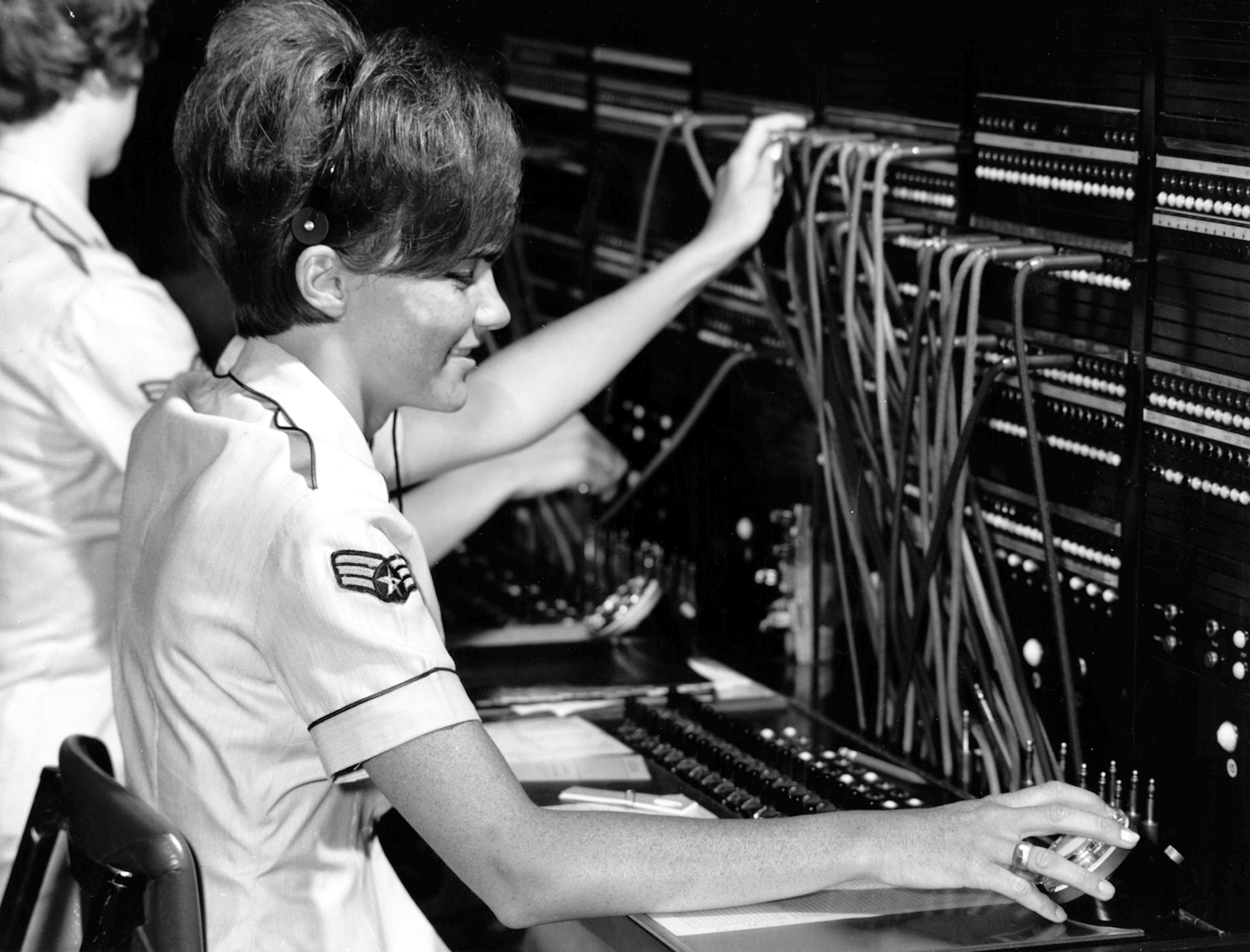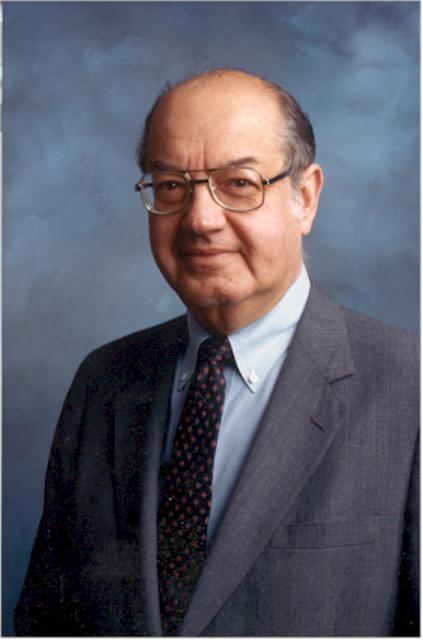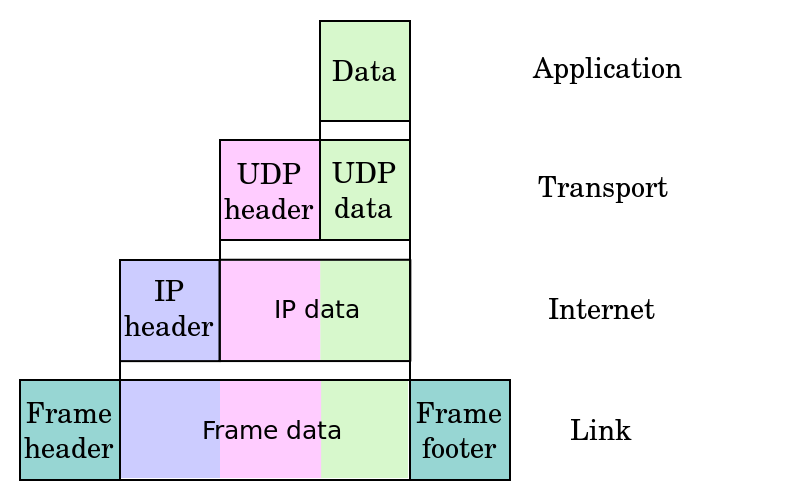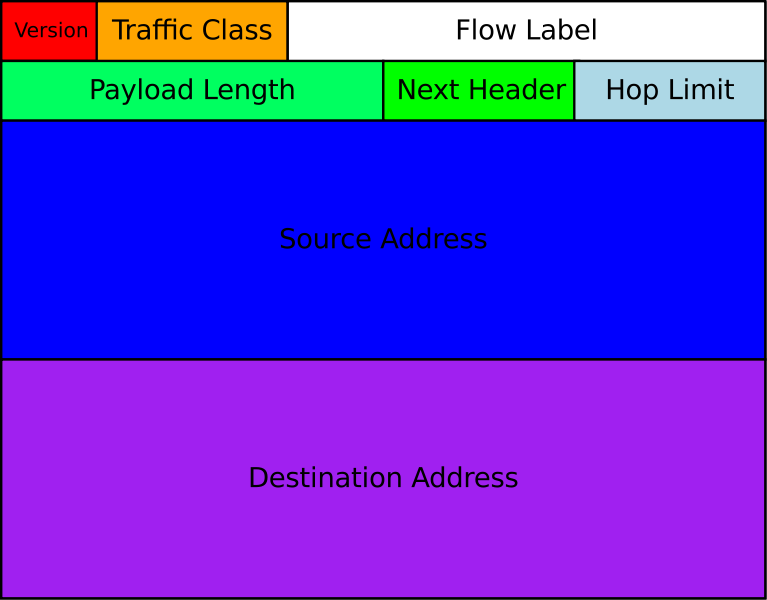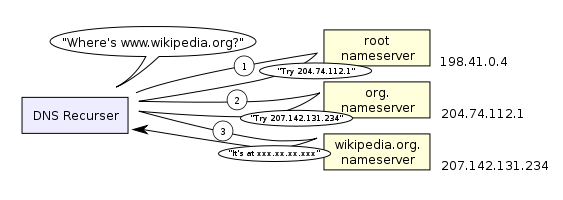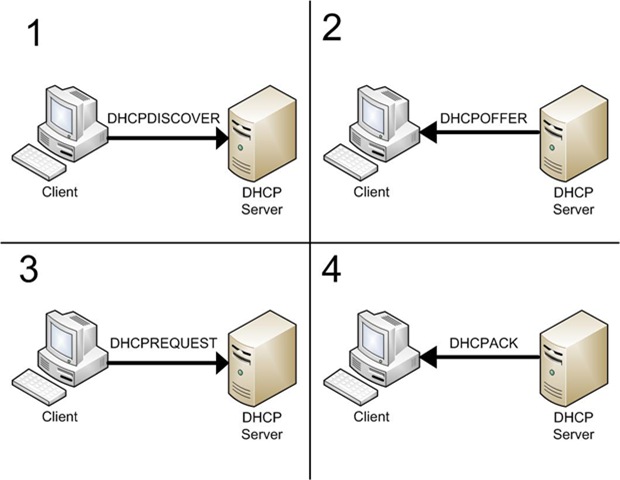CIS 115
How the Internet Works


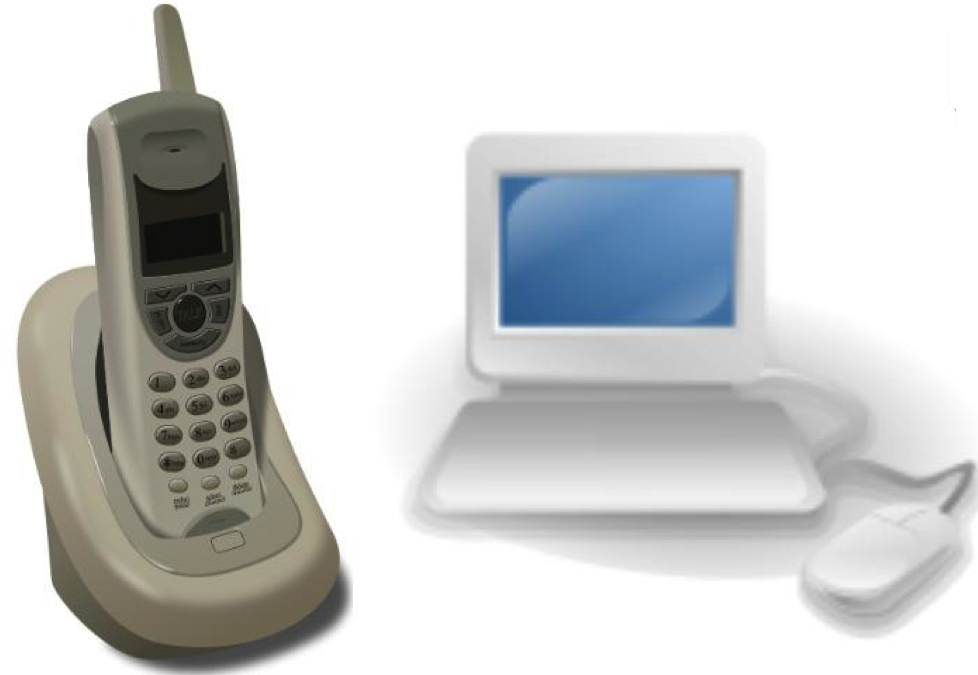
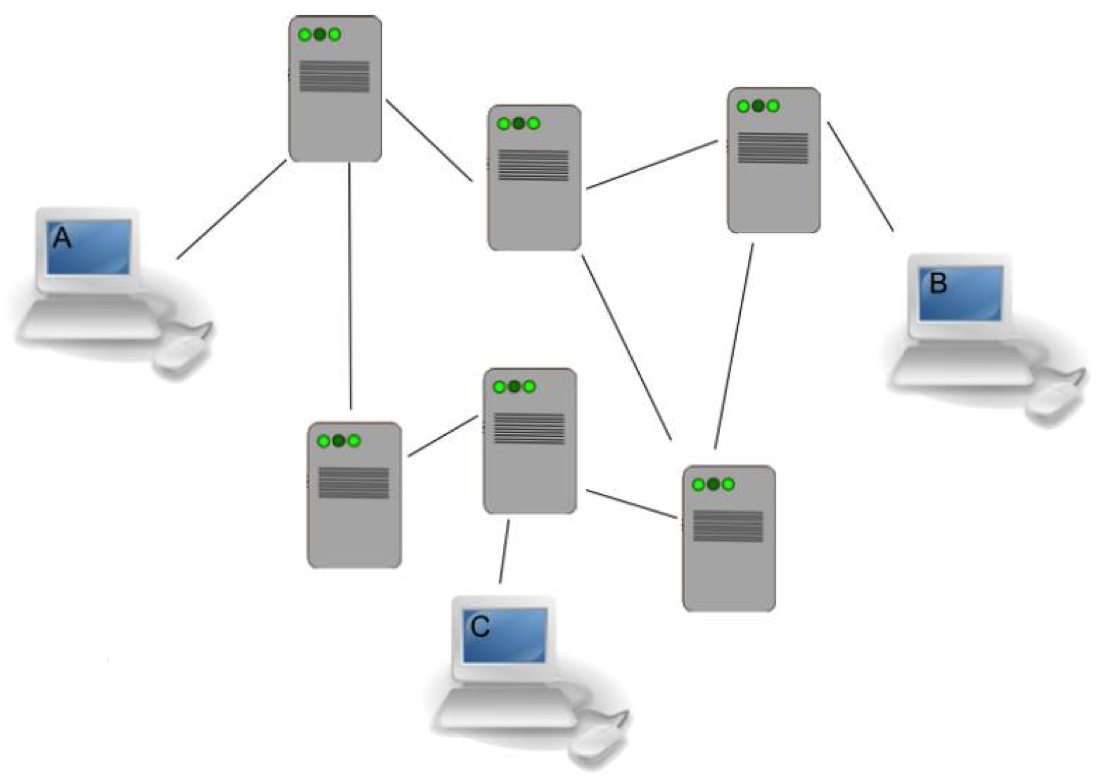
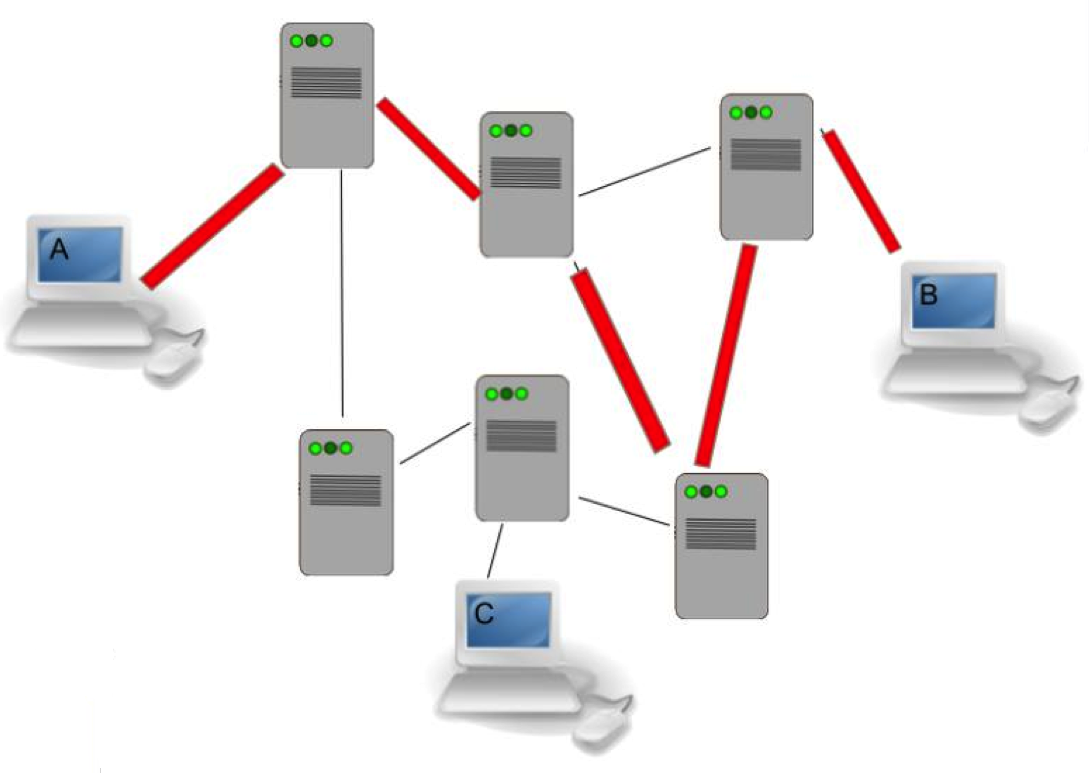
7 Layer OSI Network Model
- Application
- Presentation
- Session
- Transport - TCP/UDP
- Network - IPv4/IPv6
- Data Link - Ethernet
- Physical - 100BASE-T
Network - IPv4
| IPv4 Packet Structure | |
| Version Info | Length |
| Packet ID | Flags & Offset |
| Protocol & TTL | Checksum |
| Source IP Address | |
| Destination IP Address | |
| Data... | |
IPv4 vs. IPv6
IPv4: 32 bit Addresses
232 = 4,294,967,296
IPv6: 128 bit Addresses
2128 = 340,282,366,920,938,463,463,
374,607,431,768,211,456
or 340 Undecillion addresses
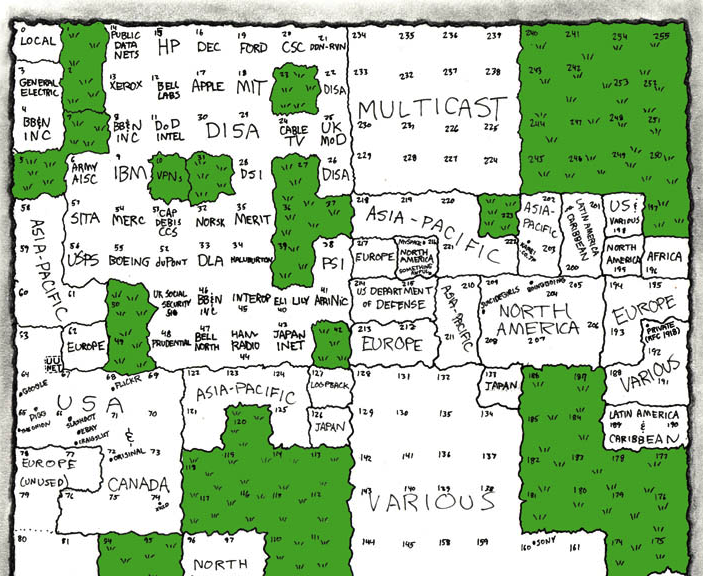
Image Source: XKCD
Transport - TCP
| TCP Packet Structure | |
| Source Port | Dest. Port |
| Sequence Number | |
| Acknowledgement Number | |
| Options | Length |
| Checksum | Urgent |
| Data... | |
Transport - UDP
| UDP Packet Structure | |
| Source Port | Dest. Port |
| Length | Checksum |
| Data... | |
TCP vs. UDP
| TCP | UDP |
| Connection Oriented | Connectionless |
| Reliable | Unreliable |
| Acknowledge | No Acknowledge |
Applications
- POP/SMTP/IMAP - Email
- HTTP/FTP - World Wide Web
- DNS/DHCP - Network Setup
- SSH/RDP/Telnet - Connections
Domain Name System (DNS)
"Phonebook for the Internet"
- www.ksu.edu → 129.130.8.49
- www.google.com → 74.125.227.116
- www.ibm.com → 129.42.60.216
- www.yahoo.com → 98.138.253.109
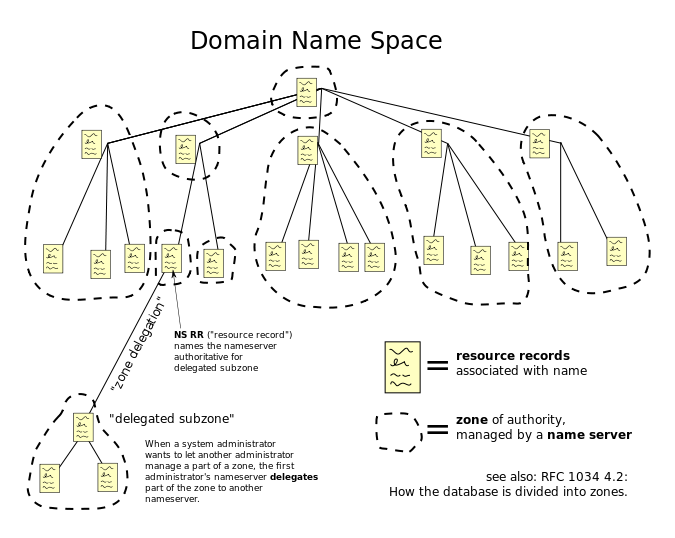
Image Source: Wikipedia
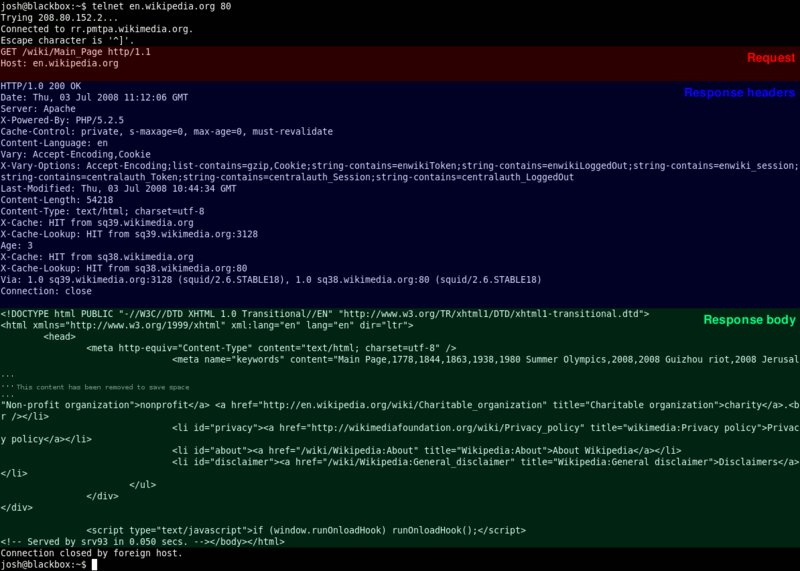
Image Source: Wikipedia
HTTP Commands
- GET
- POST
- HEAD
- PUT
- DELETE
HTTP Status Codes
- 200
- 301
- 403
- 404
- 500
- 503
HTTP Status Codes
- 200 - OK
- 301 - Moved Permanently
- 403 - Forbidden
- 404 - Not Found
- 500 - Internal Server Error
- 503 - Service Unavailable
Assignments
- Read and be prepared to discuss:
- Tubes Chapter 2 - Network of Networks
- Blog 3: Making Meaning: POTS - Due 2/27 10:00 PM
- Scratch FSM Project - Due 2/28 10:00 PM
Blog 3: Making Meaning: POTS
Now that we’ve finished reading the first textbook, it is time to step back and think about what we read. Write about your reactions to it and what you learned from it. I’d recommend almost treating this like an in-depth book review for others who are interested in reading the book, but don’t mind some spoilers. Some questions I’d like you to answer:
- How did you feel reading this book? Engaged? Bored? Interested?
- What was the most interesting thing you learned?
- Were there any parts of the book you didn’t like?
- Were there any terms or concepts that you looked up (Googled) to find more information about? What were they? What did you find?
- Did this book help explain things you didn’t know about computers?
- Did this book leave you with any questions unanswered?
- Would you recommend this book to a friend that wanted to know more about computers?
Packet Switching Activity
- Each server has a secret number
- Try to guess each server's secret number by playing the "Higher/Lower" game over HTTP
- Server with the most correct numbers when time runs out wins!
DHCP Request

DHCP Response

DNS Lookup

DNS Response

HTTP Request

HTTP Response

